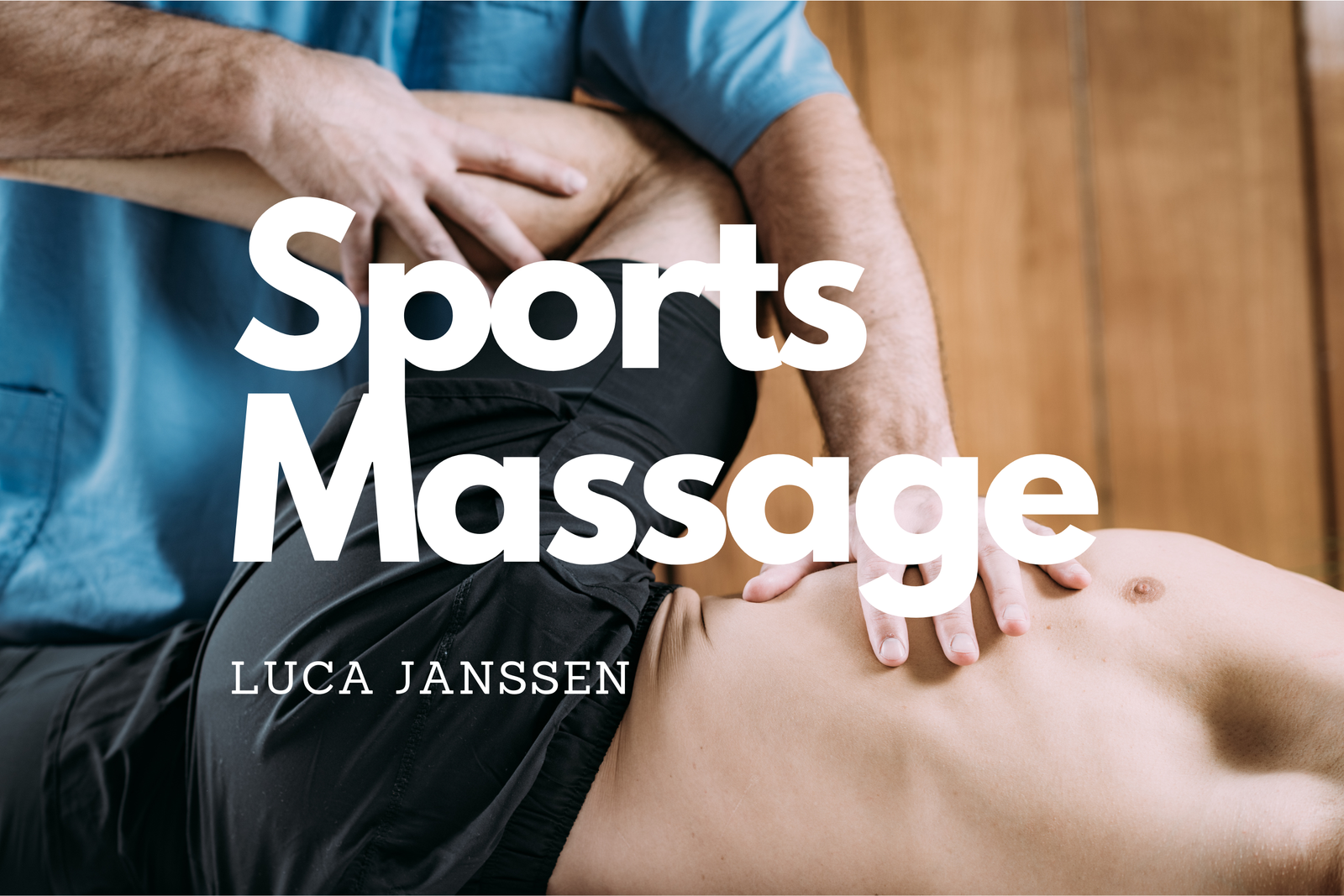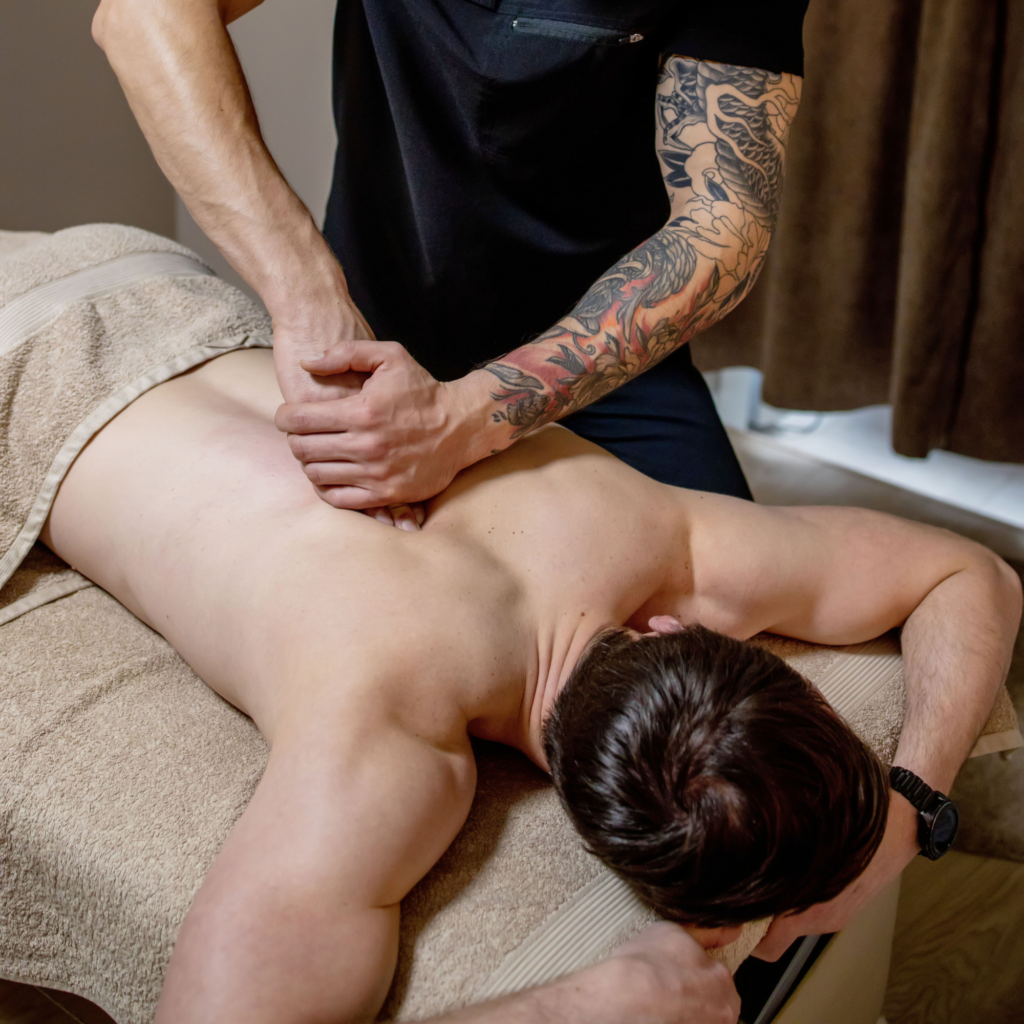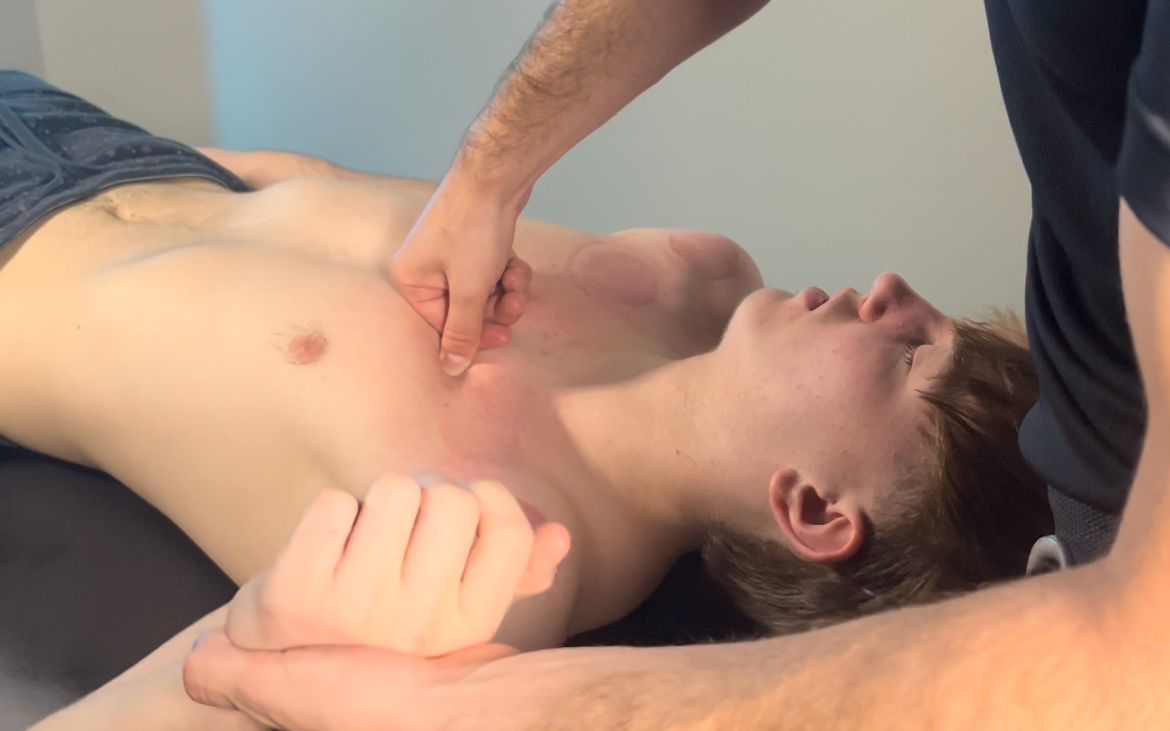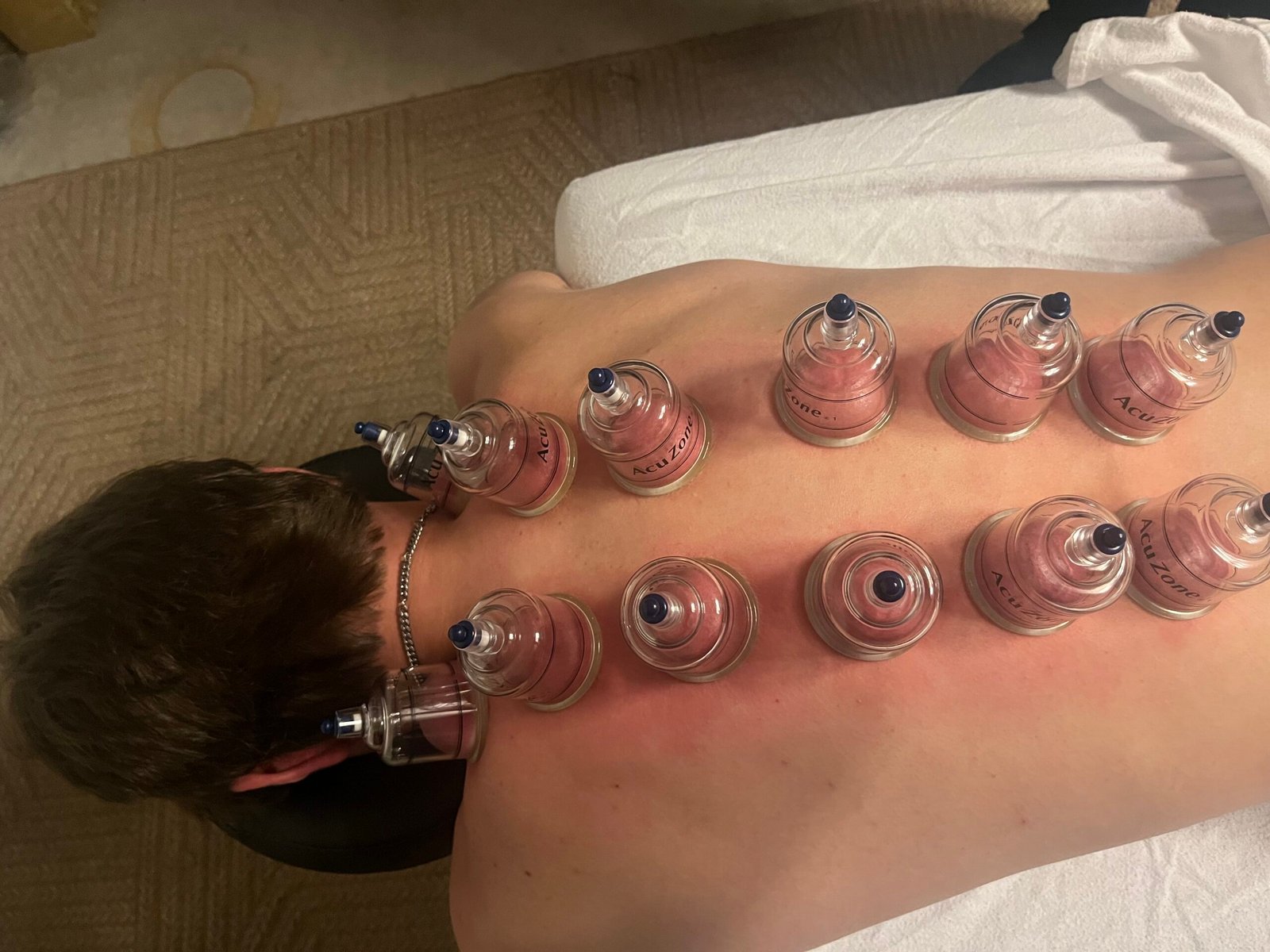The Ultimate Guide to Sports Massage: Benefits, Techniques, and Applications

Introduction
Athletes constantly push their bodies to the limit, striving for peak performance and rapid recovery. In this demanding environment, sports massage has emerged as an essential tool for enhancing athletic performance and aiding in recovery. This comprehensive guide explores the world of sports massage, detailing its benefits, techniques, and practical applications.
What is Sports Massage?
Unlike traditional massage, sports massage is a specialized form of manual therapy designed to meet the needs of athletes. It focuses on preventing injuries, enhancing performance, and promoting recovery. Unlike traditional massage, sports massage targets specific muscle groups and uses a variety of techniques to address the unique physical demands of sport activities.
Key Characteristics of Sports Massage:
- Targeted Approach: Focuses on specific muscles used in athletic activities.
- Varied Techniques: Incorporates deep tissue massage, stretching, and trigger point therapy.
- Goal-Oriented: Aims to improve performance, prevent injuries, and aid recovery.
History and Evolution of Sports Massage
The roots of sports massage can be traced back to ancient civilizations, where it was used to enhance physical performance and treat injuries. Here’s a brief overview of its historical development:
Ancient Greece: Athletes in ancient Greece utilized massage as part of their training regimen. Techniques were designed to improve flexibility, reduce muscle tension, and prevent injuries.
China and India: Traditional Chinese medicine and Ayurvedic practices included massage techniques aimed at balancing the body’s energy and promoting overall health, which were beneficial for physical activities.
Modern Era: In the 19th and 20th centuries, manual therapy gained prominence with the advent of organized sports and competitive athletics. Techniques were refined and tailored to meet the specific needs of athletes, leading to the development of what we now recognize as sports massage.

Benefits of Sports Massage
Sports massage offers numerous benefits that extend beyond the athletic field. Here are some of the key advantages:
Physical Benefits
- Improved Circulation: Sports massage enhances blood flow to the muscles, delivering oxygen and nutrients while removing waste products. Hence, this can lead to faster recovery and improved muscle function.
- Reduced Muscle Tension: By targeting specific muscle groups, massage therapy helps to release tightness and tension, preventing injuries and improving flexibility.
- Enhanced Flexibility: Regular massage therapy can improve the range of motion, making it easier for athletes to perform at their best.
Mental Benefits
- Stress Reduction: The therapeutic touch of manual therapy can reduce stress and anxiety, helping athletes maintain mental focus and clarity.
- Improved Mood: The release of endorphins during massage promotes a sense of well-being and relaxation, which is crucial for mental health and performance.
Performance Benefits
- Faster Recovery: By reducing muscle soreness and accelerating the healing process, sports massage enables athletes to recover more quickly from intense training sessions and competitions.
- Injury Prevention: Regular sports massage helps to identify and address potential issues before they become serious injuries, keeping athletes in top condition.

Common Techniques in Sports Massage
Sports massage employs a variety of techniques tailored to meet the specific needs of athletes. Here are some of the most commonly used methods:
Deep Tissue Massage
Deep tissue massage focuses on the deeper layers of muscle and connective tissue. By applying firm pressure and slow strokes, this technique helps to release chronic muscle tension, break up scar tissue, and improve flexibility. It is particularly beneficial for athletes recovering from intense training sessions or injuries.
Trigger Point Therapy
Trigger points, commonly known as muscle knots, are hyperirritable spots within the muscle that cause pain and discomfort. To alleviate pain and release tension, trigger point therapy applies direct pressure to these points. Consequently, this technique is particularly effective for addressing specific areas of muscle tightness that can hinder athletic performance.
Stretching
Incorporating stretching into your massage sessions helps to improve flexibility and range of motion. Techniques such as active and passive stretching, along with proprioceptive neuromuscular facilitation (PNF) stretching, are used to lengthen muscles and enhance athletic performance.
Compression
Compression techniques involve rhythmic pressing movements that increase blood flow and reduce muscle soreness. Massage therapists use this method during pre-event massages to prepare muscles for activity and post-event massages to aid in recovery.
Friction
Friction massage involves applying deep, circular movements to areas with scar tissue or adhesions. This technique helps to break down these tissues, promoting better healing and improving mobility.

Applications of Sports Massage
Sports massage can be tailored to different stages of athletic activity, each serving a unique purpose. Here are the main applications:
Pre-Event Massage
Pre-event massage is designed to prepare the body for physical activity. It involves techniques that increase blood flow, warm up muscles, and reduce tension. This type of massage is typically takes 15-45 minutes before the event and focuses on energizing and loosening the muscles.
Post-Event Massage
Post-event massage aims to aid recovery after athletic performance. Techniques used in this massage help to reduce muscle soreness, promote relaxation, and accelerate the removal of metabolic waste products. It is usually performed 1-2 hours after the event to maximize its benefits.
Maintenance Massage
Maintenance massage is a regular part of an athlete’s training regimen. Simply put, It helps to maintain optimal muscle health, prevent injuries, and address any minor issues before they become significant problems. This type of massage is typically scheduled weekly or bi-weekly.
Rehabilitation Massage
Rehabilitation massage to aids recovery from injuries. It involves techniques that reduce pain, improve circulation, and promote healing. This type of massage is often part of a comprehensive rehabilitation program that includes physical therapy and other treatments.
How Sports Massage Integrates with Athletic Training
Sports massage is an integral part of an athlete’s training program. Here’s how it fits into the overall training regimen:
Collaboration with Athletic Trainers
Massage therapists often work closely with athletic trainers to develop comprehensive treatment plans. This collaboration ensures that massage therapy is aligned with the athlete’s training schedule and specific needs, enhancing overall performance and recovery.
Designing Integrated Treatment Plans
An integrated treatment plan includes regular sports massage sessions tailored to the athlete’s training cycle. This plan addresses the demands of different training phases, such as high-intensity periods and recovery times, ensuring that the athlete remains in peak condition.
Case Studies Demonstrating the Effectiveness of Sports Massage
1. The Harvard Study on Mechanotherapy
A study conducted by Harvard University examined the effects of consistent, repeated mechanical force applied to injured muscles. The researchers found that treated muscles displayed greater repair and strength recovery compared to untreated muscles. This suggests that mechanotherapy, a technique often used in sports massage, can significantly improve muscle recovery after injury by reducing inflammation and promoting tissue regeneration (Harvard Gazette).
Read more: Harvard Gazette on Mechanotherapy
2. Systematic Review on Sports Massage for Performance and Recovery
A systematic review published in BMJ Open Sport & Exercise Medicine analyzed 29 studies on sports massage, focusing on outcomes such as strength, jump, sprint, endurance, fatigue, flexibility, and delayed onset muscle soreness (DOMS). The review concluded that sports massage can significantly reduce muscle soreness and improve flexibility, although its direct impact on performance is less clear. The review suggests that sports massage is beneficial in reducing DOMS and muscle fatigue, which can indirectly enhance athletic performance (BMJ Open Sport & Exercise Medicine).
Read more: BMJ Open Sport & Exercise Medicine
3. Meta-Analysis on DOMS and Performance Recovery
A meta-analysis highlighted in Massage Magazine reviewed the efficacy of sports massage on delayed onset muscle soreness (DOMS) and performance recovery. The analysis found that sports massage was effective in reducing muscle pain and serum creatine kinase levels, which are markers of muscle damage, thereby enhancing recovery and performance outcomes when administered 48 hours post-exercise (Massage Magazine).
Tips for Finding a Qualified Sports Massage Therapist
Finding the right massage therapist is crucial for reaping the benefits of this therapeutic practice. Here are some tips to help you find a qualified professional:
Check Credentials
Ensure that the therapist is certified and licensed in sports massage therapy. Look for certifications from reputable organizations such as the National Certification Board for Therapeutic Massage & Bodywork (NCBTMB) or the American Massage Therapy Association (AMTA).
Experience with Athletes
Choose a therapist who has experience working with athletes. They should understand the demands of various sports and have a proven track record of helping athletes enhance performance and recover from injuries.
Ask for Recommendations
Seek recommendations from coaches, trainers, or fellow athletes. Personal referrals can provide valuable insights into a therapist’s skills and effectiveness.
Inquire About Techniques
Discuss the techniques the therapist uses and how they align with your needs. A qualified sports massage therapist should be well-versed in techniques such as deep tissue massage, trigger point therapy, and stretching.
Evaluate Communication Skills
Effective communication is essential for a successful therapeutic relationship. Ensure that the therapist listens to your concerns, explains their approach clearly, and adjusts their techniques based on your feedback.
Conclusion
Sports massage offers a holistic approach to enhancing athletic performance, preventing injuries, and promoting recovery. With its targeted techniques and comprehensive benefits, this massage modality is an invaluable tool for athletes of all levels. Whether you’re preparing for a competition, recovering from an event, or maintaining peak physical condition, incorporating it into your self-care routine can significantly improve your overall well-being.
By understanding the history, benefits, techniques, and applications of sports massage, you can make informed decisions about integrating this therapeutic practice into your athletic training. Finding a qualified massage therapist who meets your specific needs will ensure that you receive the maximum benefits from this powerful form of therapy.